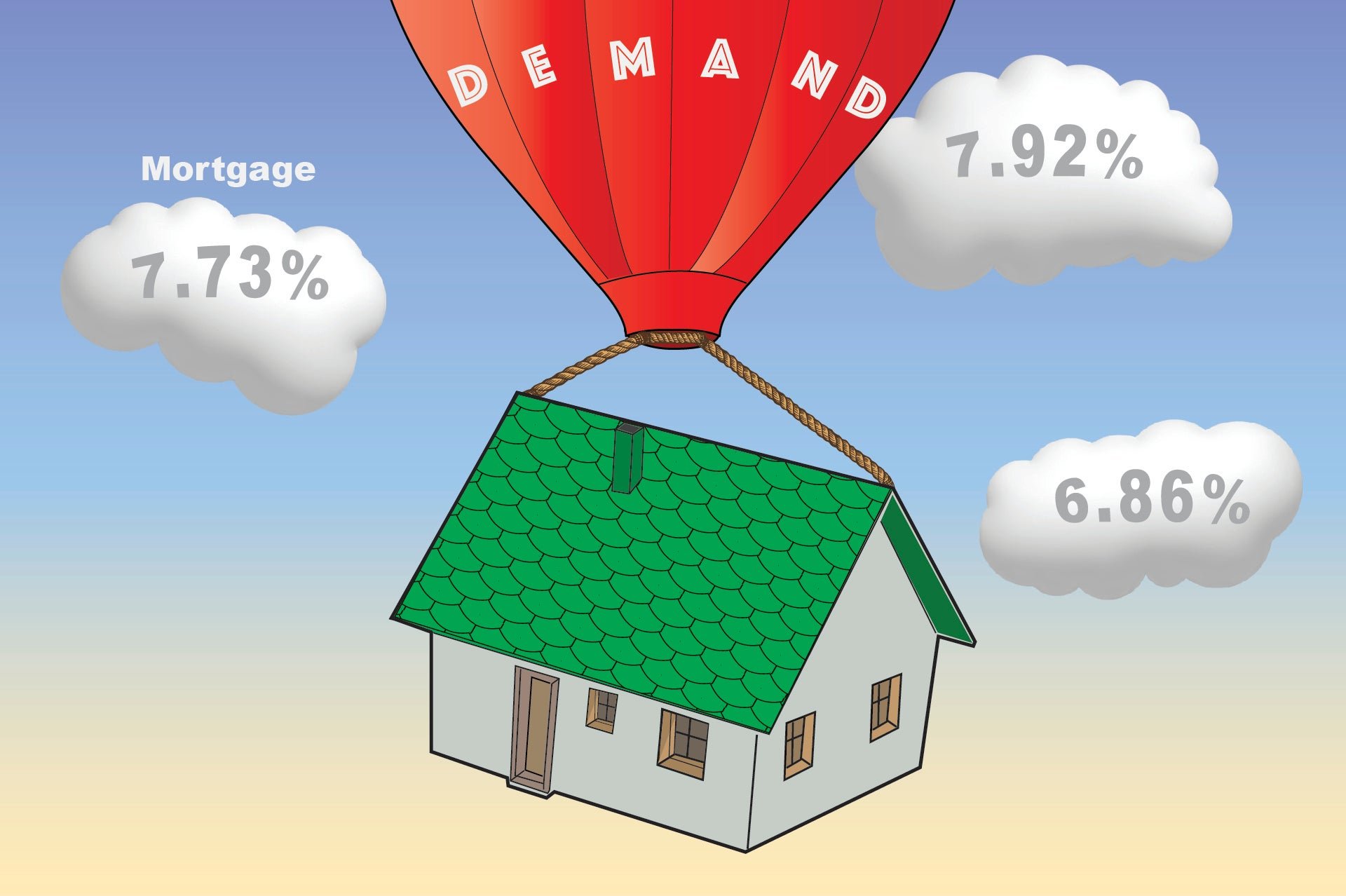Insider Q&A: Builder KB Home on outlook for Spring homebuying season
KB Home CEO Jeffrey Mezger speaks with The Associated Press about how the recent pullback in mortgage rates could shape the housing market this year and the challenges builders face amid rising labor and land costs

LOS ANGELES (AP) — Rising mortgage rates through much of 2023 kept many prospective homebuyers and sellers on the sidelines and the housing market in a deep slump.
Suggested Reading
Homebuilders responded by lowering prices and offering incentives like mortgage rate buydowns to help buyers get over their affordability hump. The approach helped lift sales of new U.S. homes 4.2% over 2022, but also cut into many builders’ profits.
Related Content
Los Angeles-based KB Home, which builds homes in California, Texas, Florida and six other states, delivered fewer homes and posted lower earnings and revenue in the 12 months ended Nov. 30 compared with the same period a year earlier.
But the company’s new home orders soared in the first few weeks of its current fiscal quarter as mortgage rates eased off their late-October highs.
CEO Jeffrey Mezger recently spoke with The Associated Press about how the recent pullback in mortgage rates could shape the housing market this year and the challenges builders face amid rising labor and land costs.
Q: What are your expectations for how strong demand and sales might be this spring?
A: We see a very similar setup as we enter ’24 as we did entering ’23, in that there’s a really limited resale inventory in most of the markets we operate in. So you have a shortage of inventory, new and used. You have strong demographics — Gen-Z, millennials — are out there in a big way, they want to be homeowners. You have job growth, income growth and rates that have stabilized. if not ticking down. The difference from ’23, we saw the strength in demand come back in December, which is not normal for us. Normally, December’s off from November. In our case, December of ’23 was actually stronger than November. And then in January, as each week went by, sales continued to strengthen. So you take all that and the set up that we see and we think it’s going to be a really good spring for the industry and for our company.
Q: Do you think homebuyers have become accustomed to where mortgage rates are now?
A: When rates were 3% or 4% for a mortgage, it was kind of artificially low. Going back to 6% now is an attractive rate over time. I think they have adjusted.
Q: Do you expect the homebuilding industry to dial back buyer incentives if mortgage rates keep easing?
A: If demand remains strong or gets even stronger, I think you’ll see incentives in the industry come back down. But it’s really not something we spend a lot of time on. As a company, our strategy is to give the consumer the best value and let them pick the house they want. And in that business model approach, you don’t weigh heavily in with incentives. I think in our fourth quarter, our mortgage incentives that we reported were less than 2% of sales.
Q: Fed Chair Jerome Powell recently noted that the nation’s housing affordability challenges stem primarily from a shortage of new home construction. What needs to happen for KB home and for other builders to significantly increase how many homes you build?
A: There’s no question that there’s affordability challenges. And you’re only going to invest money in a piece of land and then build houses if you can get a return on your investment. So, you have to work to get all the numbers in sync, and we’ve had a lot of cost pressures, in particular when the supply chain broke and costs ran up a bunch. So you have to find ways to lower the cost to produce the home, whether it’s a little bit smaller lot or townhomes or (you) value engineer your product to bring your costs down. And we’ve worked hard on all those things over the last couple of years. At the same time, the time to get subdivisions approved in municipalities has extended. So it’s taking longer to bring lots to market than it used to. So there has been a shortage of lots and that’s been one of the barriers to growing the level of production in the industry.
Q: When you look at the economy and mortgage rates, what’s your biggest concern in terms of the housing market this year?
A: If rates were to go back up 1% or 2%, it would temper demand, and we’d have to manage to do that and navigate to it. If they hold where they are, as I shared, we’re set up for a very good year. If they were to come down further, I think you’ll see even more demand. And, at some point, it would unlock the resale inventory as well, if rates come down. I guess the other thing would be if there was an absolute recession, which we don’t see that right now, but if that were to occur, that’ll temper demand. But you still have really good job growth and consumer confidence is going up right now. Between those two and no inventory and the demographics, we’re in a very nice position if rates held where they are today.